How To Use NPK 20:10:10 Fertilizer (Golden Penny Brand):
Nitrogen (N) is essential for plant growth and is part of every living cell. It plays many roles in plants and is necessary for chlorophyll synthesis. Plants take up most of their Nitrogen as the ammonium (NH4+) or nitrate (NO3-) ion. Some direct absorption of urea can occur through the leaves, and small amounts of N are obtained from materials such as water-soluble amino acids.

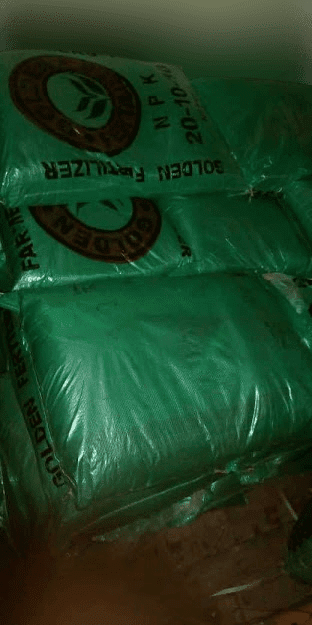
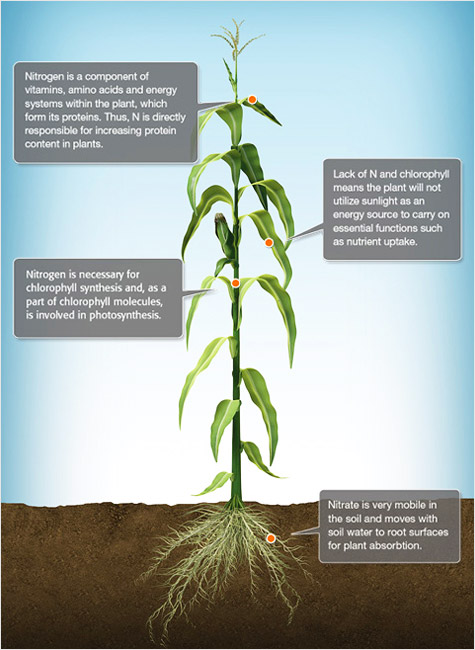

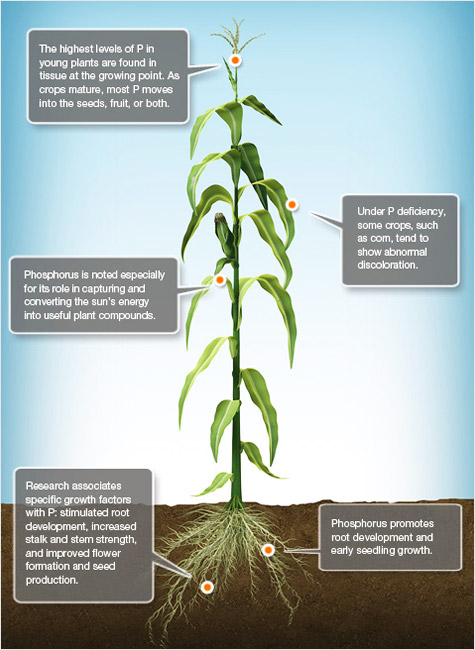
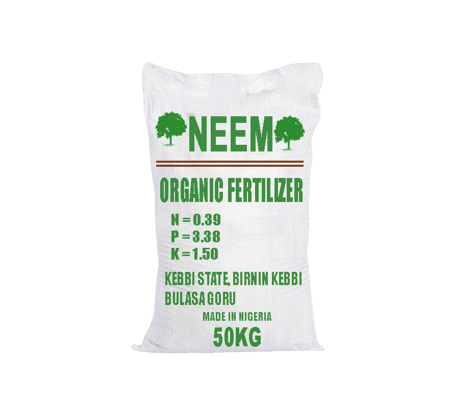

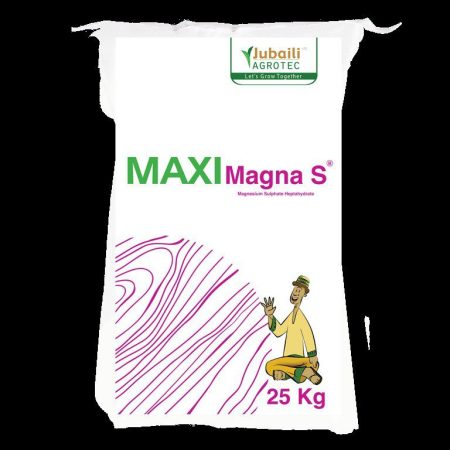



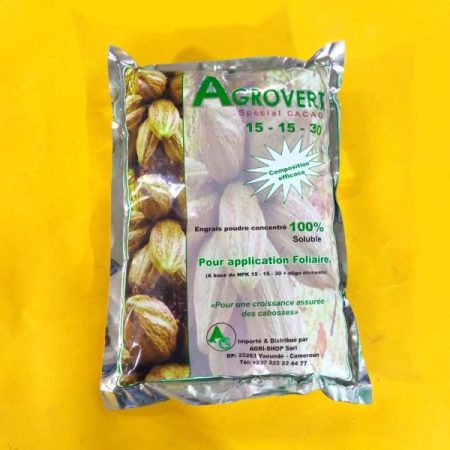
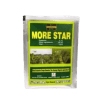
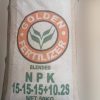
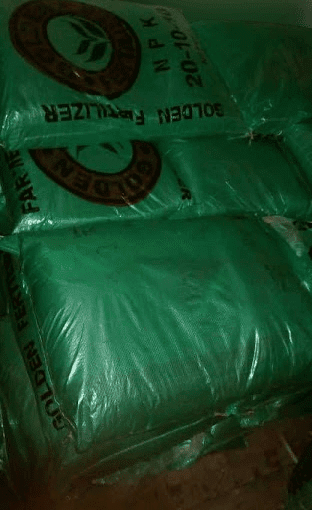
4.40
5 reviews for NPK 20:10:10 Fertilizer (Golden Penny Brand)
There are no reviews yet.